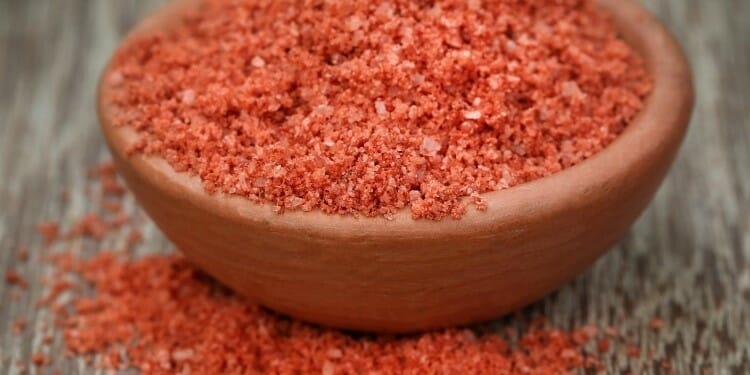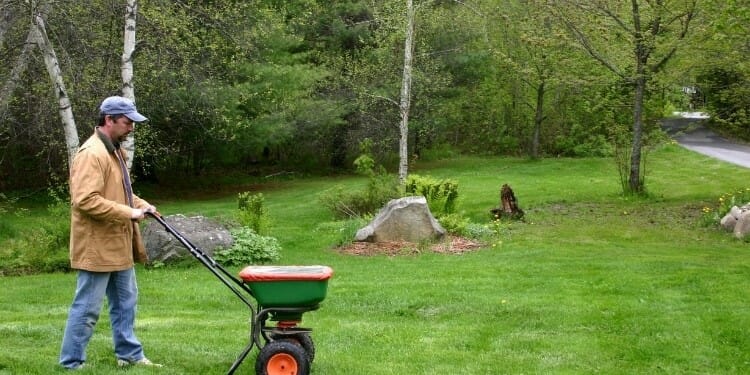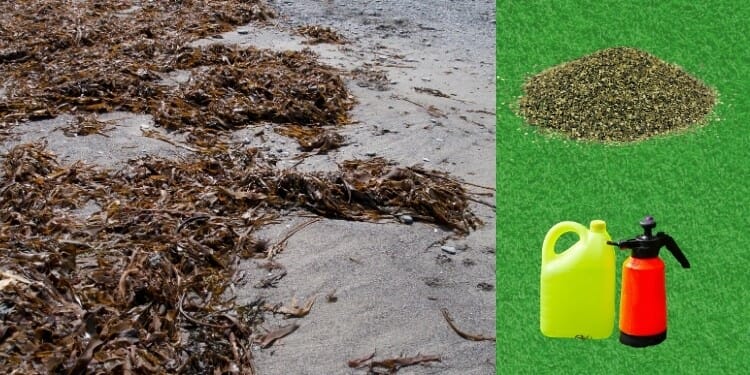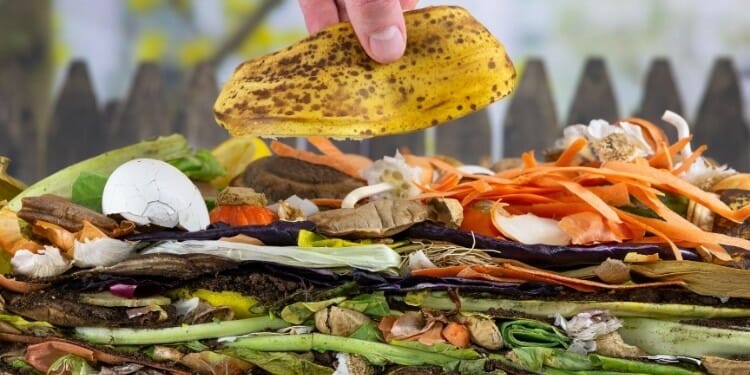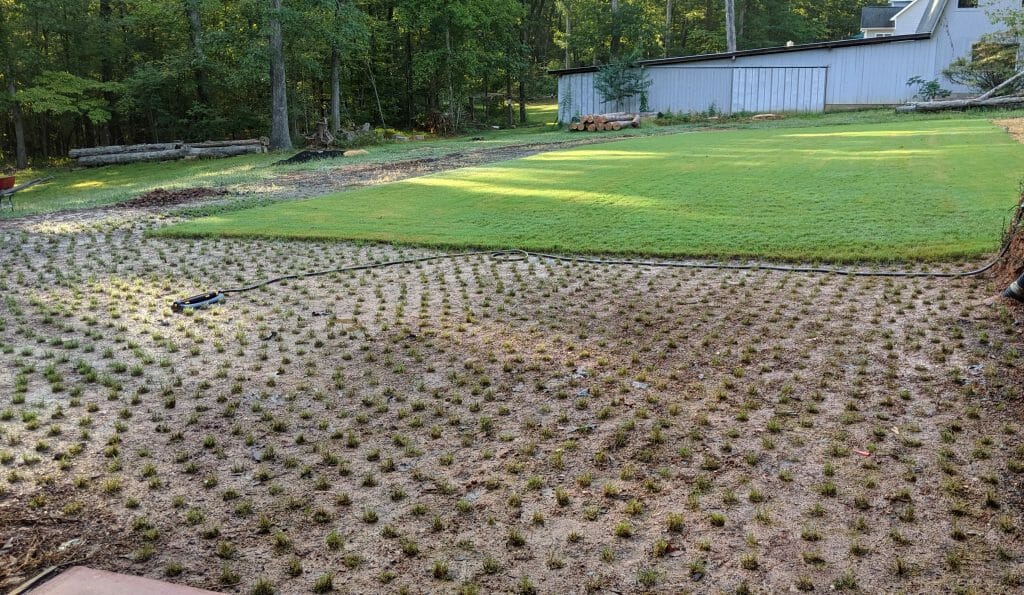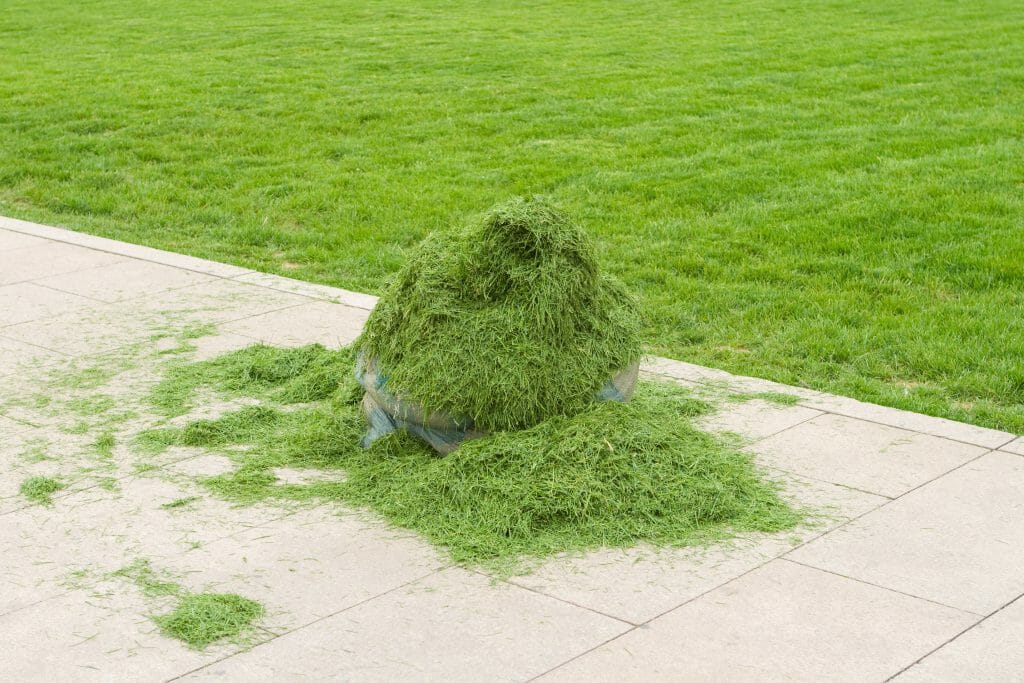Adding potassium to your soil will help your plants to grow better and produce more flowers and fruit. It also helps plants to fight off disease and aids in their resistance to pests. A healthy, thriving plant is less likely to be weakened by plant diseases like rust or powdery mildew. Let’s discuss some ways of how to add potassium to soil and how to spot if your plants are lacking.
What Are Some Signs Of Potassium Deficiency In Plants?
Often, the signs of potassium deficiency aren’t easy to spot because they’re not visually apparent. In a lawn, for example, a lack of vigorous growth, especially in the prime growing season, can be a sign that your soil is lacking in this vital mineral.
A slight yellowing of the leaves or blades of grass could also be a sign but this could be contributed to a lack of nitrogen too. On other plants, you may notice a lack of flowering or fruiting abundance or leaves which show yellow or brown veins.
So, What Is Potassium Fertilizer?
Potassium fertilizers contain a naturally occurring substance known as potash. This is simply wood ash. It’s part of the natural ecological cycle of growth and decay. It’s also why forests will spring back quickly after a significant fire has burned through. In addition, potash can be found naturally in the ocean and in mines.
Potassium can be found in most commercial fertilizers. It’s the K in the N-P-K breakdown. You can also buy potassium-only fertilizers like muriate of potash, sulfate of potash or kelp meal which is derived from seaweed.
On the other hand, you can get natural potash from wood ash, seaweed and compost. Especially, if your compost is made from a high proportion of vegetable scraps. Banana peels, in particular, are very high in potassium.
Do A Soil Test First
Before you decide to add potassium to your soil, make sure that you do a soil test. This will establish whether the potash is needed or not. It will also determine whether there are any other mineral deficiencies that you might need to adjust.
To do this, you can either buy a soil testing kit and do the test yourself or you can send a sample of your soil off to a testing laboratory. Once you’ve determined that your soil is indeed lacking in potassium, it’s time to top it up.
The soil test will tell you whether you have a high, medium or low deficiency. This is important to note because it will determine how much potash you need to add per square foot.
How To Add Potassium To Your Soil
There are a number of ways you can boost your soil’s potassium levels and we’ll discuss each one in detail.
1. Using A Commercial Fertilizer
Go to your local garden center and purchase a commercial potassium fertilizer. You’ll find a variety available including those mentioned above as well as a product called greensand. Greensand, as the name suggests, is a type of sand that is actually slightly green in color. It’s gathered from the ocean floor because of its high level of potassium and other mineral properties.
Once you have your preferred fertilizer you can then just broadcast it over the raked soil in the recommended quantity. As a general rule, for every 1,000 square feet of soil, add 20 pounds of potash for high deficiencies, add 10 pounds for medium deficiencies and 5 pounds for low deficiencies.
If you’re applying potassium to an existing lawn, do this during cooler weather in spring or fall and when the soil is dry. It’s best to use a spreader to disperse the fertilizer. Remember to water in your fertilizer so that it won’t burn the grass.
Try to do this when there’s no rain forecast for at least 24 hours so that your fertilizer does not get washed away and end up in the storm water drains.
If your soil test determined that you have other mineral deficiencies, you can also use a more general fertilizer which contains nitrogen and phosphorus as well. Just read the label to determine the ratio of N-P-K suitable for your needs.
2. Add Kelp Or Seaweed To Your Soil
If you live near the ocean or have access to a natural source of seaweed, you can add this to your soil to raise its potassium level. For garden beds, you can use natural seaweed as a mulch as it will break down over time and nourish your soil.
For a lawn, on the other hand, you can purchase dried kelp meal which you can broadcast over the lawn in the recommended quantities. Alternatively, you can buy a liquid seaweed concentrate and spray your lawn evenly with it.
3. Using Wood Ash
If you have an open fire place or a wood heater, don’t throw the ash into the trash. The ashes from your fire are high in potassium and can be spread thinly over your soil or lawn area.
Take note though, that the wood ash will raise your soil’s pH level. This means it will make it more alkaline. It’s best to test the soil’s pH first before you add any ash to it. If you have an acidic soil, then it’s fine to sprinkle a thin layer of wood ash over your lawn or garden beds.
Just make sure you use it sparingly as too much can burn your grass.
If you make your own compost, you can also add the ash to that.
4. Adding Compost To Your Soil
Compost made from lots of vegetable scraps and green material along with some wood ash is ideal for adding nutrients to your soil including potassium. Banana peels are exceptionally high in potassium so adding these to your compost regularly will really benefit your soil. Seasoned rose growers know that burying banana peels alongside their roses will ensure lots of vibrant blooms.
To add compost to your lawn, you can just spread a thin layer and then lightly rake it in. Make sure you don’t cover the grass too much though.
If you have a bare patch of ground that you want to grow a lawn on, then you can incorporate a generous amount of compost into the soil. This will break down over time and feed your lawn continuously for many months to come.
How to Add Potassium to Plants?
Adding potassium to your plants is essential for their overall health and growth. Here’s a step-by-step guide on how to do it effectively:
Step 1: Identify the Need
- Before adding potassium, it’s crucial to determine if your plants actually need it. You can do this by observing your plants for signs of potassium deficiency, such as yellowing leaves, poor fruit development, or weak stems. You can also perform a soil test to check the potassium levels.
Step 2: Choose the Right Potassium Source
- Potassium can be added to your plants through various sources, such as potassium-rich fertilizers or organic materials. Select a potassium source that suits your gardening preferences and needs.
Step 3: Calculate the Correct Amount
- Refer to the instructions on the chosen potassium source to determine the appropriate application rate. This rate can vary depending on the type of plant, soil conditions, and the specific product you’re using.
Step 4: Preparing the Soil
- If you’re adding potassium to an existing garden, use a small hand trowel or a garden fork to gently loosen the topsoil around the base of your plants. Avoid damaging the plant roots during this process.
Step 5: Application
- Apply the chosen potassium source according to the recommended rate. This can involve sprinkling granular fertilizer around the base of each plant or mixing liquid fertilizer with water for easy application.
Step 6: Watering
- After applying potassium, thoroughly water your plants. This helps dissolve the potassium and carry it down to the root zone where it’s needed.
Step 7: Monitor
- Keep an eye on your plants as they grow. Look for signs of improvement in their overall health, such as greener leaves, better fruiting, or stronger stems.
Step 8: Maintenance
- Potassium is not a one-time fix. It’s essential to maintain the right levels throughout the growing season. Depending on your plant’s needs and the type of fertilizer you use, you may need to reapply potassium periodically.
Step 9: Soil Testing (Optional)
- Periodic soil testing is an excellent practice to ensure that your soil’s potassium levels remain within the optimal range. You can adjust your potassium application based on the results of these tests.
Step 10: Record Keeping
- Maintain a gardening journal to keep track of when and how much potassium you’ve added to your plants. This record will help you fine-tune your gardening practices over time.
Remember that while potassium is essential for plant growth, an excess can be harmful. Always follow recommended guidelines and avoid over-fertilizing, which can lead to imbalances in your soil and harm your plants.
Frequently Asked Questions:
Is too much potassium bad for plants?
Yes, too much potassium can harm plants because it can inhibit the absorption of other important minerals. This will likely cause your plants to have a nitrogen deficiency.
What happens if plants don’t get enough potassium?
Plants with a potassium deficiency usually have a stunted growth. A lack of potassium can also stunt root development and reduce fruit and seed development.
Do coffee grounds have potassium?
Coffee ground do indeed contain a high level of potassium as well as nitrogen, magnesium and phosphorus. Coffee grounds are ideal for adding to your compost or grass.
Final Thoughts On How To Add Potassium To Soil
Now that you know how to add potassium to soil, go ahead and use this information to ensure that you have a lush, green lawn and a healthy, thriving garden.

